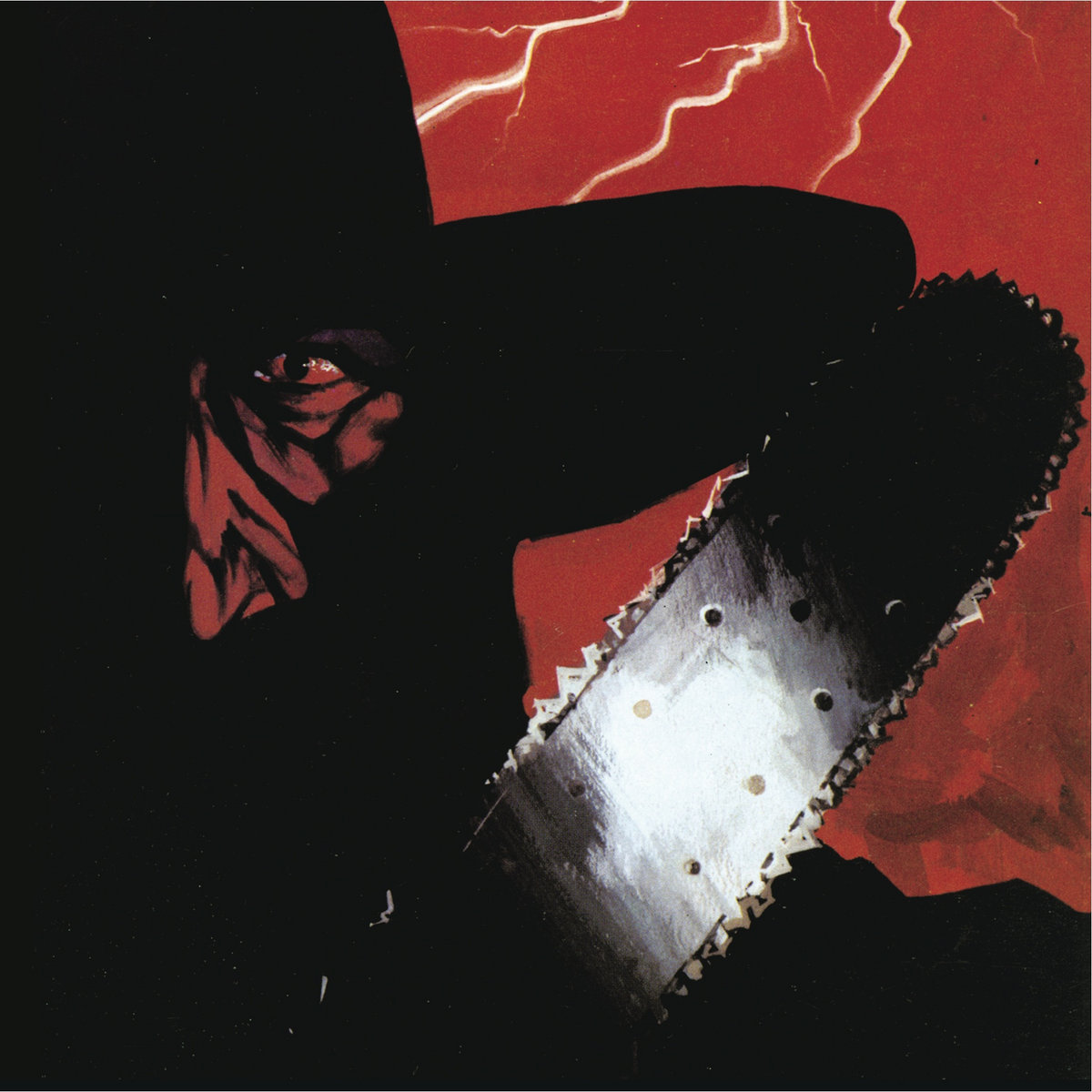

Selvedge identifier visible in white at the interior of a pair of jeans Sulfur dyeing produces specialty black colors and other colors, such as red, pink, purple, grey, rust, mustard, and green. Indigo dyeing produces the traditional blue color or shades similar to it.

ĭenim fabric dyeing is divided into two categories: indigo dyeing and sulfur dyeing. Rope dyeing eliminates this possibility, because color variations can be evenly distributed across the warp during beaming. In sheet dyeing, parallel yarns are laid out as a sheet, in the same order in which they will be woven because of this, uneven circulation of dye in the dye bath can lead to side-to-side color variations in the woven cloth. In rope dyeing, continuous yarns are gathered together into long ropes or groups of yarns – after these bundles are dyed, they must be re-beamed for weaving.
Pieces 1982 shirt series#
Rope dyeing machines were developed in 1915, and slasher or sheet dyeing machines were developed in the 1970s both of these methods involve a series of rollers that feed continuous yarns in and out of dye vats. Prior to 1915, cotton yarns were dyed using a skein dyeing process, in which individual skeins of yarn were dipped into dye baths. In all cases, the yarn undergoes a repeated sequence of dipping and oxidation-the more dips, the stronger the color of the indigo. However, most denim today is dyed with synthetic indigo dye. In Europe, use of Isatis tinctoria, or woad, can be traced back to the 8th century BC, although it was eventually replaced by Indigofera tinctoria as the superior dye product. In South Asia, indigo dye was extracted from the dried and fermented leaves of Indigofera tinctoria this is the plant that is now known as "true indigo" or "natural indigo". Even such a small amount of spandex enables a stretching capacity of about 15%.ĭenim was originally dyed with indigo dye extracted from plants, often from the genus Indigofera. Some denim yarn may use an elastic component such as spandex for up to 3% of the content to allow the final woven product to stretch.

Most denim yarn is composed entirely of cotton.


 0 kommentar(er)
0 kommentar(er)
